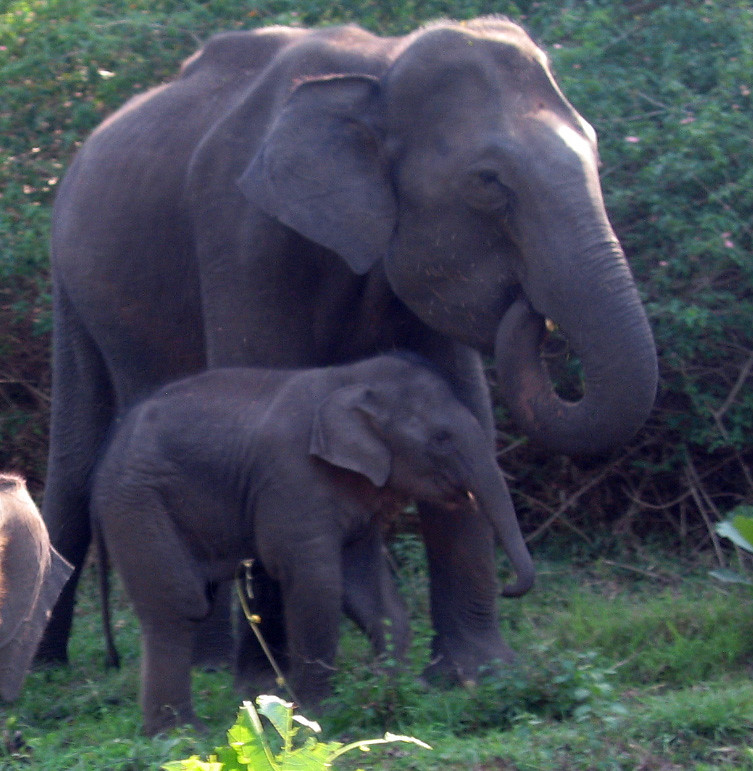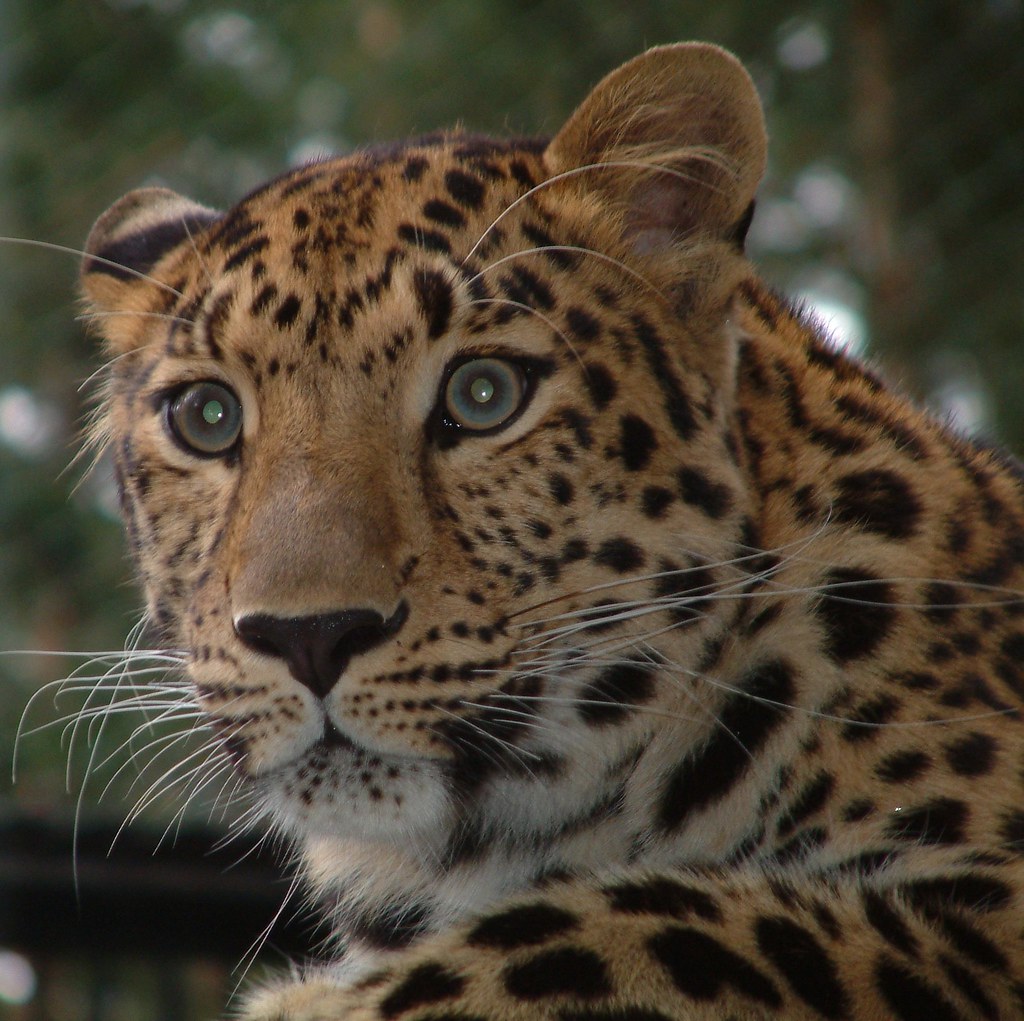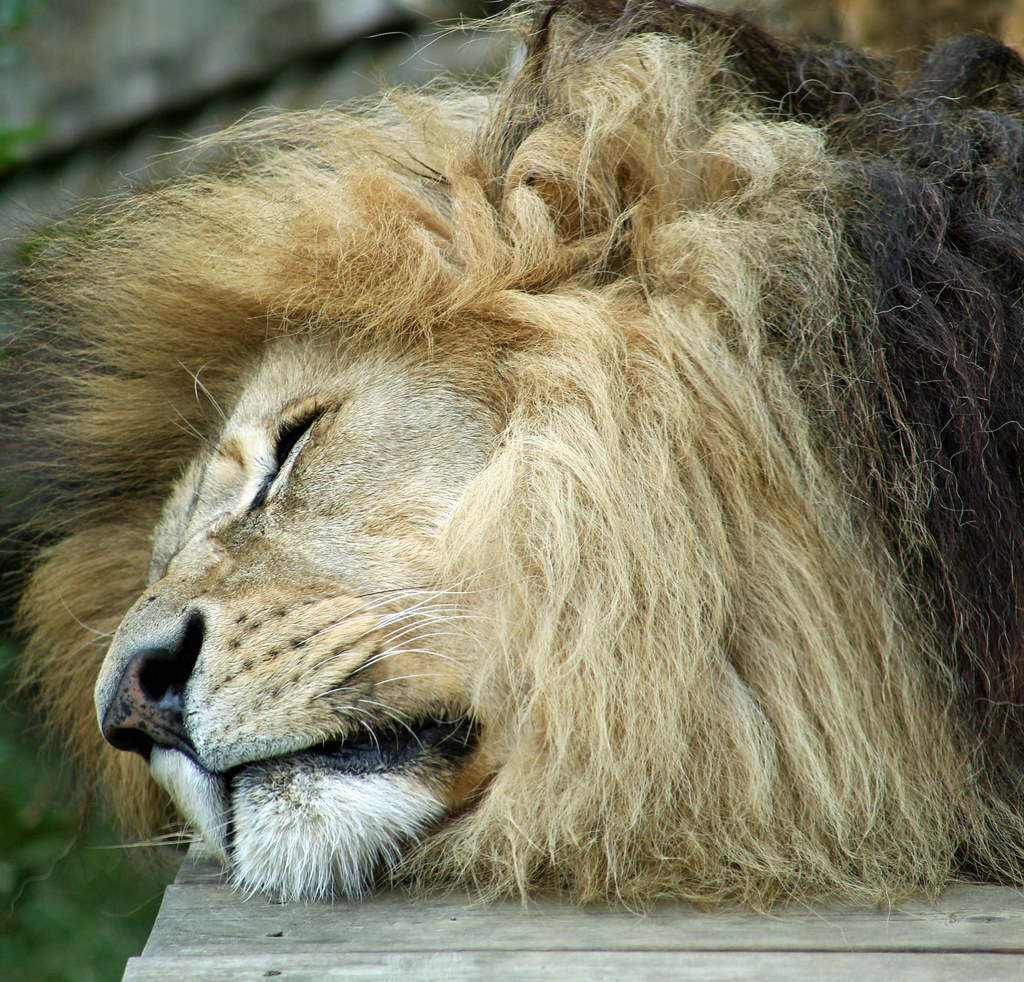Big Five
The Big Five in Africa: Majestic Giants of the Wilderness
Africa is synonymous with epic safaris, golden savannahs, and close encounters with untamed wildlife. At the heart of every classic safari experience is a pursuit as old as the continent’s safari legacy itself—encountering the Big Five. This iconic term refers to five of Africa’s most revered and formidable animals: the lion, leopard, elephant, rhino, and buffalo. But contrary to what many may think, the Big Five were not chosen for their size or popularity—they were named by early hunters for being the most dangerous and difficult animals to hunt on foot. Today, they stand as powerful symbols of Africa’s wild heritage, sought by travelers not for trophies, but for awe and admiration.
Let’s dive deep into the stories, habitats, and thrilling realities of each of Africa’s Big Five, and where you can best experience them in the wild.
Unveiling Africa’s Most Iconic Wildlife with the Stories Behind Each Big Five Animal and Where to Experience Them in the Wild
Lion – The King of the Savannah
No animal represents the African wild better than the lion, often referred to as the “King of Beasts.” With its majestic mane, fierce roar that can echo up to 8 kilometers away, and pride-led social structure, the lion epitomizes strength and raw beauty. Lions are the only cats that live in groups, called prides, which can consist of up to 30 members, including females, their cubs, and a dominant male or coalition of males.
In the wild, witnessing a lion hunt or a pride lounging under an acacia tree is nothing short of breathtaking. Although powerful predators, lions spend the majority of their day resting—often up to 20 hours—saving energy for dusk or night hunting missions.
Best places to see lions: Serengeti (Tanzania), Maasai Mara (Kenya), Queen Elizabeth National Park (Uganda), Kruger National Park (South Africa), and Okavango Delta (Botswana).
Leopard – The Elusive Phantom
Arguably the most elusive and secretive of the Big Five, the leopard is a solitary predator known for its stealth, agility, and extraordinary climbing skills. Unlike lions, leopards are usually seen alone, often at dawn or dusk. Their spotted coats provide exceptional camouflage, making them nearly invisible in the thick bush.
What makes leopards particularly thrilling to spot is their unpredictability and ghost-like movements. They often stash their prey high in the treetops to avoid scavengers like hyenas. Their power is astounding—they can carry animals heavier than themselves up a tree, a true testament to their strength.
Best places to see leopards: South Luangwa National Park (Zambia), Sabi Sands Game Reserve (South Africa), Lake Nakuru (Kenya), Serengeti (Tanzania), and Murchison Falls National Park (Uganda).
African Elephant – The Gentle Giant
The African elephant is the largest land animal on earth, and seeing one in its natural environment is an experience that touches the soul. These majestic creatures are not only massive in size but also deeply intelligent and emotional. They live in tightly bonded matriarchal herds and communicate using low-frequency rumbles that can travel long distances.
Elephants are ecosystem engineers—by knocking down trees, digging waterholes, and dispersing seeds, they shape the landscape and support biodiversity. Yet, despite their ecological importance, elephants have long been threatened by poaching for ivory and habitat loss.
Nothing compares to the moment when a herd of elephants crosses your path, their large ears fanned out, their trunks exploring, and their eyes—so full of wisdom—locking with yours for a fleeting second.
Best places to see elephants: Amboseli National Park (Kenya), Chobe National Park (Botswana), Tarangire (Tanzania), Addo Elephant National Park (South Africa), and Queen Elizabeth National Park (Uganda).
Rhinoceros – The Armored Survivor
The rhinoceros, with its thick, armor-like skin and prehistoric appearance, is one of the most endangered members of the Big Five. Africa is home to two species—the white rhino and the black rhino. Despite their names, both are actually grey in color. White rhinos are larger and more social, often seen grazing in open savannahs, while black rhinos are more solitary and tend to inhabit thicker brush.
Rhinos are a symbol of strength and resilience, yet they are among the most vulnerable to extinction due to relentless poaching driven by demand for their horns. Conservation programs, especially in places like Ziwa Rhino Sanctuary in Uganda, have been critical in slowly rebuilding rhino populations in safe, controlled environments.
Best places to see rhinos: Ziwa Rhino Sanctuary (Uganda), Hluhluwe-iMfolozi Park (South Africa), Etosha National Park (Namibia), Lewa Conservancy (Kenya), and Matobo National Park (Zimbabwe).
Cape Buffalo – The Unpredictable Warrior
The African buffalo, also known as the Cape buffalo, may not be as majestic as a lion or as grand as an elephant, but don’t let its ordinary appearance fool you. These robust herbivores are extremely dangerous and unpredictable, earning a reputation as one of the deadliest animals to confront on foot. In fact, many old hunters considered the buffalo the most dangerous of all five.
Living in large herds that can number in the hundreds, buffaloes are fiercely protective of their own. When threatened, they don’t run—they fight. Known for their collective strength, it’s not uncommon for a herd to come back and rescue one of their own from a predator.
Best places to see buffaloes: Murchison Falls and Queen Elizabeth National Parks (Uganda), Maasai Mara (Kenya), Serengeti (Tanzania), and Kruger National Park (South Africa).
Why the Big Five Still Matter Today
Beyond their popularity, the Big Five symbolize more than just wildlife—they represent Africa’s conservation battle, cultural identity, and tourism lifeblood. They are a rallying point for global conservation efforts, drawing millions of travelers each year who contribute to local economies and support anti-poaching and wildlife protection programs. Experiencing them in the wild is not just about ticking off a checklist—it’s about connecting with something primal, something ancient and powerful that resonates deep within the soul.
Whether you’re capturing the fiery stare of a lion at golden hour, watching elephants drink from a river under a blazing sun, or listening to the night calls of leopards echo across the savannah, one thing is certain: Africa’s Big Five will forever leave you changed.





